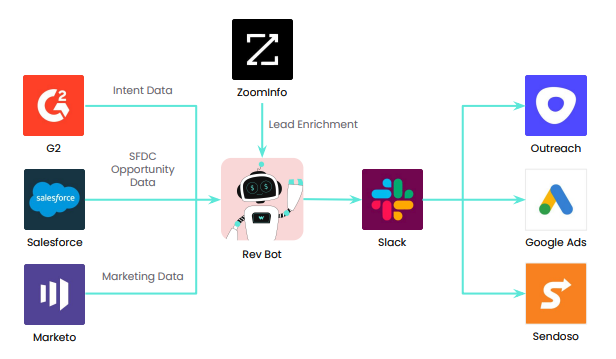The global integration platform as a service (iPaaS) market is projected to grow at a compound annual growth rate of roughly 37% through 2028.
The reasons behind this expected growth aren’t difficult to discern. iPaaS solutions offer a variety of benefits, from providing robust security and governance features to letting you hold onto valuable legacy systems to offering an accelerated implementation timeline via pre-built connectors.
That said, a traditional iPaaS isn’t without its challenges. Before you decide to invest in one, you should also consider the drawbacks highlighted below.
Related: The ultimate guide to iPaaS
High barriers to entry
In general, only IT and engineering teams can use a traditional iPaaS. This leads to many of the same issues that come with building integrations in-house. More specifically, the timeline for building an integration is longer than desired and a small fraction of integration requests will get fulfilled over a given period of time.
This is likely to frustrate everyone involved and can even lead to unwanted consequences. For example, a line of business might go on to adopt an integration software as a service (iSaaS) and, without IT’s supervision and guidance, integrate applications and build task automations themselves— leading your applications and data to be at risk of getting compromised.
Unclear next steps
Even when your employees can access data within the applications they’re comfortable using (thanks to the integrations built via your iPaaS), they may struggle to identify the best course of action. For instance, a sales rep may not know how to nurture a new lead from a specific type of company (industry, size, etc.), while a marketer may not know which campaign(s) to add them to.
As a result, your employees are forced to ask their colleagues what to do, and by the time they pinpoint the best next steps, it may be too late (e.g. the lead has gone cold); alternatively, they may act on their instincts, which can potentially be just as bad (e.g. sending the lead a message(s) that doesn’t resonate).
Related: Challenges of BPM
Narrow focus
The traditional iPaaS’ ability to integrate applications should be viewed as just one piece of the broader digital transformation puzzle.
To fully modernize your processes and embrace agility at scale, you need to invest in a more modern, versatile solution that offers end-to-end automation capabilities, customizable platform bots, API management functionality, and more.
Let’s illustrate how some of these features can come together with an example:

1. Once a prospect looks at a competitor’s listing or your own on a 3rd-party review site like G2, the workflow gets triggered.
2. A customized platform bot, “Rev Bot”, collects information on the prospect via 1st-party applications like Salesforce and Marketo, and it enriches the contact via an application like ZoomInfo—all in near real-time.
3. Rev Bot goes on to share all of this information with the account’s assigned rep via a business communications platform like Slack. Within the bot’s message, the rep can take predefined actions with a click of a button. This can take the form of adding the prospect to a specific nurture sequence, sending them a gift, or launching ads to their account; and whichever action the rep decides to take, the bot would carry it out on their behalf.
Related: How API integrations work
Address all of these issues with Workato
Workato, the leader in enterprise automation, offers a modern iPaaS that provides the following (and much more):
- A low-code/no-code UX, allowing lines of business to also implement integrations and automations
- Workbot, a customizable platform bot that provides employees with the info they need at the right time and in the right place (your business comms platform). Its messages can also help your employees take the proper course of action by presenting specific next steps based on the contents of the message
- More than a thousand pre-built connectors with SaaS applications and databases and hundreds of thousands of automation templates—all but ensuring that your teams can integrate and automate at scale
- Enterprise-grade security and governance features, such as role-based access control and activity audit logs
